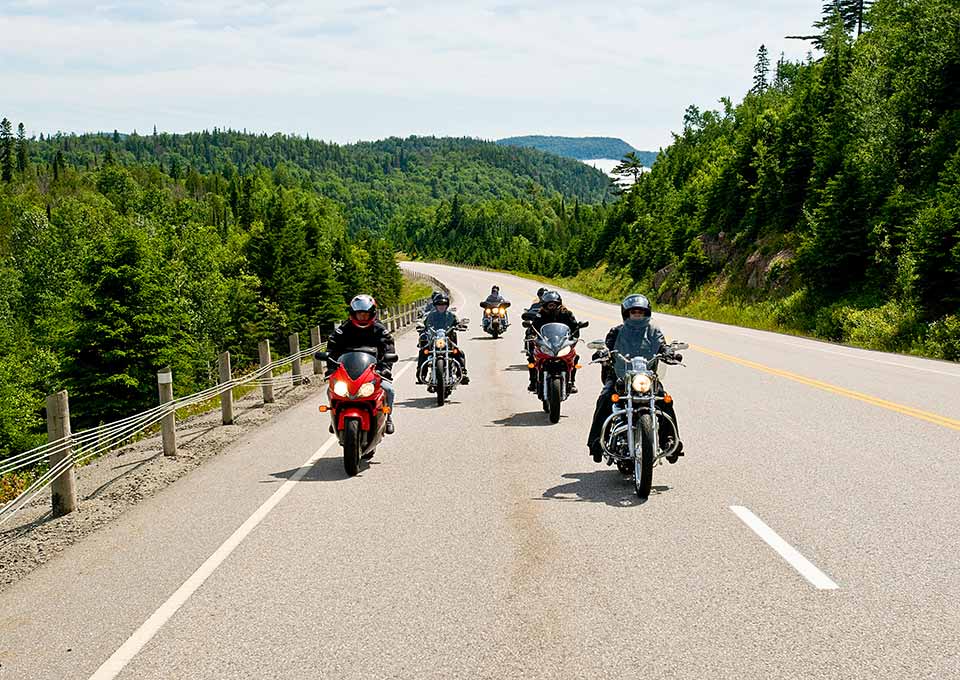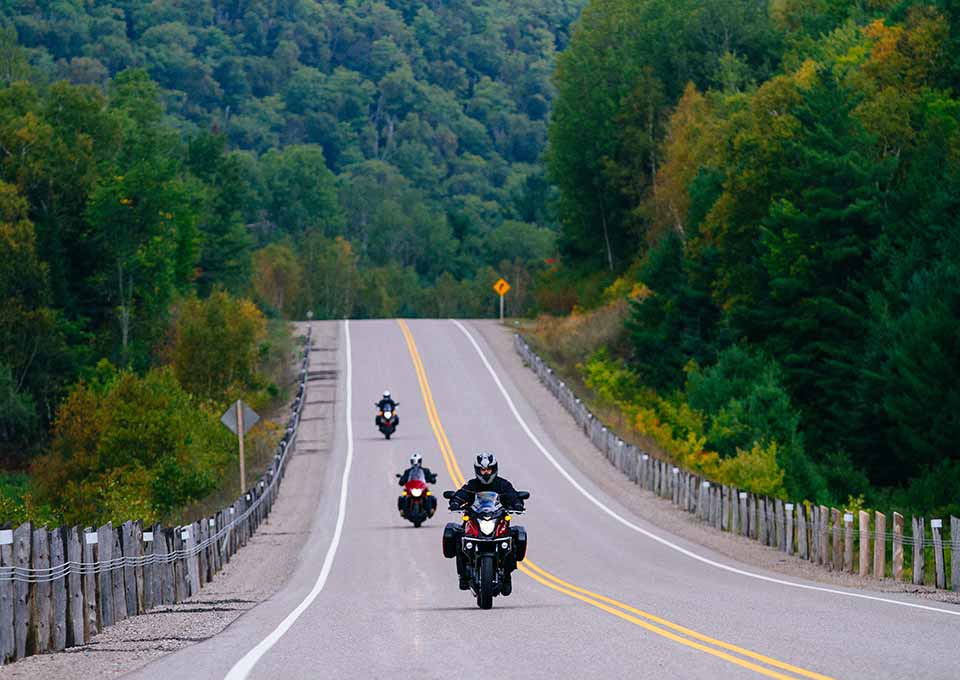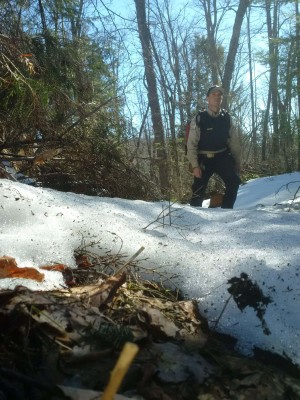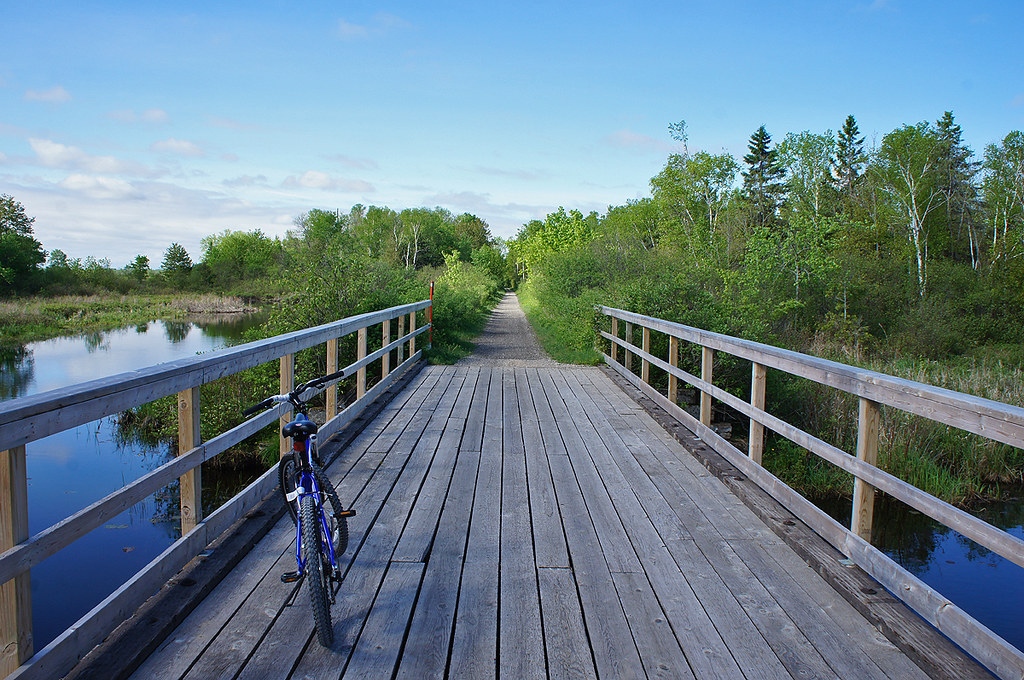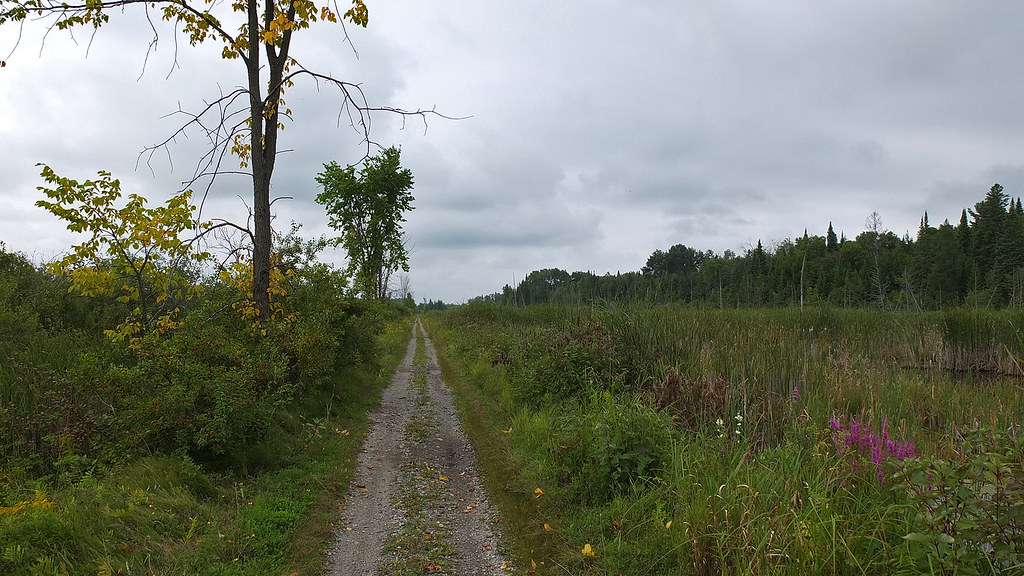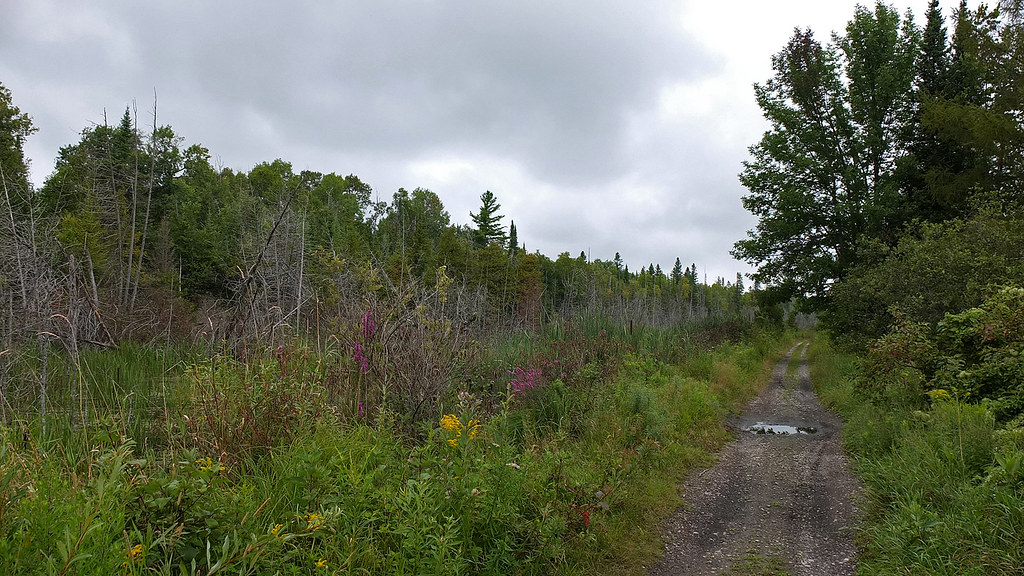If you’re a newbie to canoeing, or if you usually go car camping and just take the canoe out for the odd spin, planning an overnight (or longer) trip can be intimidating. When it comes to long canoe trips, packing is everything. Not only will stores be inaccessible—if you forget sunscreen, you’re out of luck—but you’ll be hauling all your gear over portages, which always seem longer in real life than they do on maps. Trust us on that one.
Before you haul the canoe out of storage, oil up your paddle, and start looking at your collection of maps for your next big adventure, take a look at our handy guide on how to properly pack for a canoe trip.
Use a checklist
Repeat after us: you will not remember everything off the top of your head. And again: you will not remember everything off the top of your head. Make a list, and check it twice. Better yet, check it three times.
Pack enough food
If you’re going to be canoeing every day, you’re going to be burning a lot more energy than you may be used to, which means you’re going to be hungry. Ideal canoe trip food is lightweight, non-perishable, simple to prepare, and compact. As tempting as canned food might be, leave it on the grocery store shelf. Not only is it insanely heavy, but you’ll have to take the cans back out again.
Plan out your meals in advance, and pack the necessary ingredients in Ziploc bags or other light containers (for a handy guide to planning a menu,
check out this article by paddling.net). Don’t forget to carry healthy, calorie-dense snacks, like granola, energy bars, dried fruit, turkey jerky, and trail mix. And hey—if you don’t feel like doing that much planning, there are lots of freeze-dried meals available. Some actually taste good, too.
Think about water
A good rule of thumb is that every adult on your trip will need about four litres of water per day for drinking and cooking. If you don’t carry your own water (which is heavy, bulky, and awkward) you’ll need a water purifier. If you’re a little overwhelmed by the plethora of gear that’s out there,
here’s a handy guide to what you might need and how to make the right decision for your particular trip. Oh, and don’t even think about bringing glass bottles—they’re not allowed at most provincial parks, and really, there are much better options.
Clothing considerations
Regardless of when during the year you’ll be travelling, you’ll need to think about layers: a wicking layer, a layer for warmth, and a layer that’s wind and rain resistance. If it’s hot, just wear your wicking layer. If it’s cold, wear all three and strip down as needed. Pants with closeable pockets and belt loops for hanging carabiners and gear are hugely useful. It’s prudent to plan as though you’re going to get wet, so don’t keep anything precious in your pockets that’s not in a waterproof container and securely fastened. If you have space, two pairs of shoes—one for water, one for land—will keep your feet happy. And don’t forget a hat—one that’s tight enough to stay on your head in the wind or has a handy fastening system.
Good gear
A comfortable pack will make all the difference on portages—find one that fits your body proportions, and load it up before buying it so you can test out how it will feel.
Other must-haves include:
- Canoe, paddles, and personal flotation devices
- Tent (or another form of shelter)
- Sleeping bag or alternative
- First aid kit
- Stove and fuel
- Flashlight
- Multi-tool
- Map/map case
- Matches/fire starter
- Cookware, including utensils
- Bug repellent
- Dry bags/hard case for keeping things waterproof
- Duct tape
- Sunscreen
Nice-to-haves are:
- Tarp
- Sleeping pad (don’t bring an inflatable mattress—they’re too bulky)
- Rope
- Saw
- Knife
- Extra Ziploc bags
- Light, comfy camp shoes. Changing shoes at the end of a long day can feel like heaven. Old sneakers work, as do Crocs.
- Camp chair. Only if you’re not doing honking-long portages.
- Toilet paper. Depending on who you are and how well you can identify poison ivy, this might go on the must-have list. (Also, check out our“How to poop in the woods” article.)
Are you planning a canoe trip this summer? What are some of your best packing tips?
